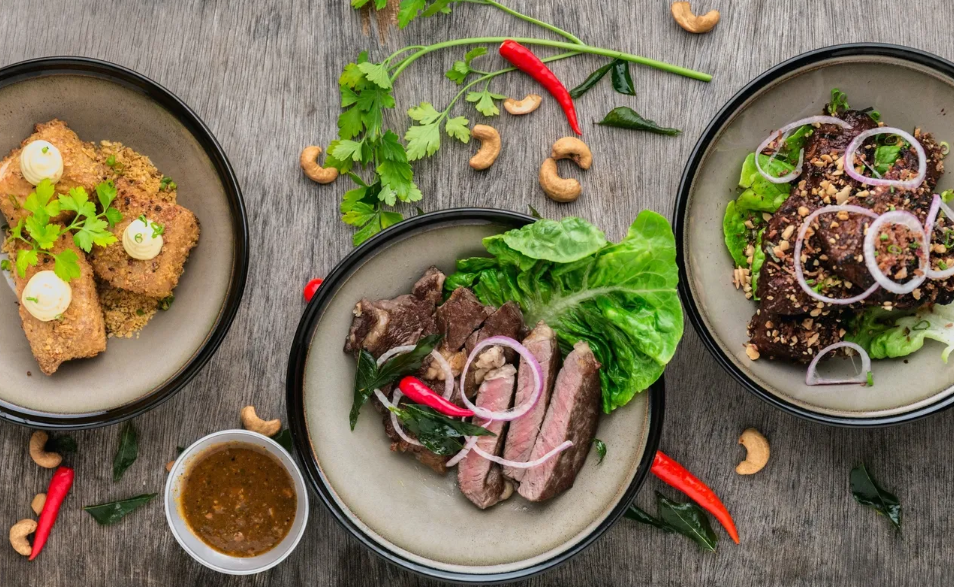Kecveto, a traditional Hungarian stew, is more than just a dish; it’s a culinary emblem representing the rich tapestry of Hungary’s history and culture. This stew, with its hearty combination of meats and vegetables, tells a story of the nation’s past, the fusion of different cultural influences, and the resourcefulness of its people. In every simmering pot of Kecveto lies a narrative of family, tradition, and the love for food that binds communities together.
The Historical Roots of Kecveto
Kecveto’s journey began centuries ago, deeply rooted in Hungarian gastronomy. This dish, a testament to Hungary’s pastoral heritage, evolved from simple, rustic meals prepared by shepherds and peasants. Over time, it absorbed influences from neighboring cuisines, adapting to the spices and cooking methods brought by various settlers and conquerors. Each ingredient in Kecveto’s speaks of a different era, from the paprika that hints at Ottoman influences to the meats that tell of the nomadic Magyar tribes.
Kecveto’s Ingredients: A Symphony of Flavors
What sets Kecveto apart is its rich blend of ingredients. The dish typically includes a variety of meats like pork, beef, or lamb, each adding its unique flavor. Root vegetables such as potatoes, carrots, and parsnips contribute earthy tones, while onions and garlic offer depth and aroma. The star, however, is Hungarian paprika, which imparts the iconic red hue and a smoky, sweet flavor that defines Kecveto’s.
Cooking Techniques: Bringing Kecveto’s to Life
The magic of Kecveto lies in its cooking process. It’s a slow, gentle simmer that melds the flavors and tenderizes the meat, creating a stew that’s rich and comforting. The technique involves layering the ingredients and allowing them to cook in their juices, a method that enhances the natural flavors and textures of the components. This slow cooking process is not just about preparing food; it’s a ritual that brings families together, a time for sharing stories and creating memories.
Regional Variations: Kecveto Across Hungary
Just like Hungary’s diverse landscapes, Kecveto varies from region to region. In some areas, it’s spicier and loaded with paprika, while in others, it might have a milder taste with a focus on the meats and vegetables. This diversity reflects the local preferences and available ingredients, showcasing the adaptability and versatility of Kecveto’s as a dish.
Pairing and Serving Suggestions
Kecveto is traditionally served with a side of crusty bread or egg noodles, perfect for soaking up the rich, flavorful sauce. It’s often accompanied by pickles or a simple salad, adding a refreshing contrast to the hearty stew. For wine enthusiasts, a robust red wine, such as a Hungarian Bull’s Blood, complements the dish’s robust flavors beautifully.
Kecveto in Modern Cuisine: Fusion and Innovation
In contemporary culinary scenes, Kecveto has found new life through fusion and innovation. Chefs are experimenting with different meats, adding unique spices, or serving it in novel ways. This evolution of Kecveto reflects the dynamic nature of Hungarian cuisine, constantly adapting while staying true to its roots.
A Dish for All Seasons
Kecveto isn’t just a winter dish; it’s versatile enough to be enjoyed year-round. In summer, lighter versions with chicken or fish and fresh vegetables are popular. In colder months, heartier versions with game meats and root vegetables provide comfort and warmth. This adaptability makes Kecveto a perennial favorite.
The Cultural Significance of Kecveto
Kecveto is more than food; it’s a cultural icon. It’s a dish that brings people together, be it for family gatherings, festivals, or communal events. The preparation and sharing of embody the Hungarian spirit of hospitality and the importance of culinary traditions in preserving cultural identity.
Cooking Kecveto at Home: Tips and Tricks
Making Kecveto at home isn’t just about following a recipe; it’s about embracing the spirit of Hungarian cooking. Key tips include using fresh, quality ingredients, not rushing the cooking process, and adjusting the flavors to personal preference. Remember, the best Kecveto is made with patience and love.
Conclusion
Kecveto, with its rich flavors and deep cultural roots, is more than a mere stew; it’s a culinary journey through Hungarian history and culture. Whether you’re a seasoned chef or a curious foodie, diving into the world of Kecveto offers a delicious exploration of flavors, traditions, and the warm, welcoming spirit of Hungary. So, why not start your own story today?

